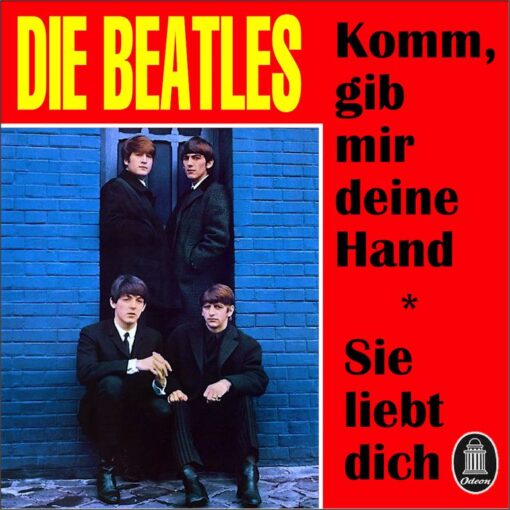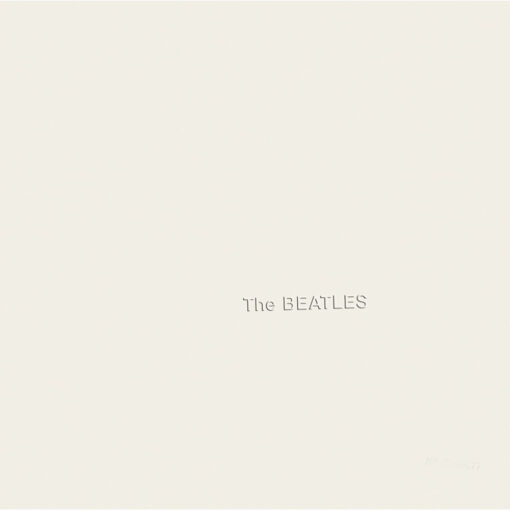- Published on 1970
- Author: Lennon/McCartney
- Track 10 on “Let It Be“
- Track 4 on “Let It Be… Naked“
PAUL 1970: “The album was finished a year ago, but a few months ago American record producer Phil Spector was called in by John Lennon to tidy up some of the tracks. But a few weeks ago, I was sent a re-mixed version of my song ‘The Long And Winding Road’ with harps, horns, an orchestra, and a women’s choir added. No one had asked me what I thought. I couldn’t believe it. The record came with a note from Allen Klein saying he thought the changes were necessary. I don’t blame Phil Spector for doing it, but it just goes to show that it’s no good me sitting here thinking I’m in control because obviously I’m not. Anyway, I’ve sent Klein a letter asking for some things to be altered, but I haven’t received an answer yet.”
JOHN 1980: “Paul again. He had a little spurt just before we split.”
PAUL circa-1994: “It’s rather a sad song. I like writing sad songs, it’s a good bag to get into because you can actually acknowledge some deeper feelings of your own and put them in it. It’s a good vehicle, it saves having to go to a psychiatrist. Songwriting often performs that feat– you say it, but you don’t embarrass yourself because it’s only a song, or is it? You are putting the things that are bothering you on the table and you are reviewing them, but because it’s a song, you don’t have to argue with anyone… It’s a sad song because it’s all about the unattainable; the door you never quite reach. This is the road that you never get to the end of.”
About “The Long And Winding Road”
“The Long and Winding Road” is a song appearing on their 1970 album Let It Be. It was written by Paul McCartney and credited to the Lennon-McCartney songwriting partnership. When released as a single in May 1970, a month after the Beatles disbanded, it became their 20th and final number-one hit on the Billboard Hot 100 chart in the United States.
The primary recording of the song took place in January 1969, featuring a minimalist arrangement with piano, bass, guitar, and percussion. However, when the tapes from these sessions were being prepared for release in April 1970, producer Phil Spector added orchestral and choral overdubs. McCartney strongly objected to Spector’s modifications, to the extent that he cited the treatment of the song as one of the six reasons for the legal dissolution of the Beatles’ partnership when making his case in the English High Court. Subsequent versions of the recording with simpler instrumentation were later released by the Beatles.
Critical reception of Spector’s version was largely unfavorable. Many critics ridiculed the orchestration, believing it overpowered the song. Some felt it made the track sound overly sentimental.
In 2003, McCartney released Let It Be… Naked, featuring a version of the song closer to the Beatles’ original intention, without Spector’s overdubs. This version received a more positive reception. “The Long and Winding Road” has remained a staple in McCartney’s post-Beatles concerts. He has also released several other versions of the song over the years.
Additionally, the song has been covered by various artists, including Ray Charles, Aretha Franklin, Cilla Black, and others. It holds a significant place in the Beatles’ catalog and continues to be celebrated by fans and music enthusiasts worldwide.
Meaning of “The Long And Winding Road”
“The Long and Winding Road” is often interpreted as a reflection on life’s journey, its challenges, and the passage of time. The lyrics evoke feelings of nostalgia, introspection, and the inevitability of change.
The “long and winding road” represents the path one takes through life, which is often unpredictable and full of twists and turns. This journey can be both beautiful and challenging. The song suggests that despite the difficulties faced along the way, there is a sense of acceptance and even a certain fondness for the experiences that have shaped the individual.
The lyrics also touch on themes of longing and searching for something, which could be interpreted as a quest for meaning, fulfillment, or a sense of purpose. The idea of a road that leads back to a familiar place may symbolize a return to one’s roots or a reflection on the passage of time.
“The Long and Winding Road” can be seen as a contemplative meditation on life’s journey, with its ups and downs, and an acknowledgment of the wisdom gained along the way. It resonates with listeners who reflect on their own experiences and the roads they’ve traveled.
Personnel
The Beatles
- Paul McCartney – vocal, piano
- John Lennon – six-string bass
- George Harrison – electric guitar
- Ringo Starr – drums
Additional musicians
- Billy Preston – electric piano
- Uncredited orchestral musicians – 18 violins, 4 violas, 4 cellos, harp, 3 trumpets, 3 trombones, 2 guitars, 14 female voices
- Richard Hewson – orchestral arrangement
- John Barham – choral arrangement




One thought on ““The Long And Winding Road””